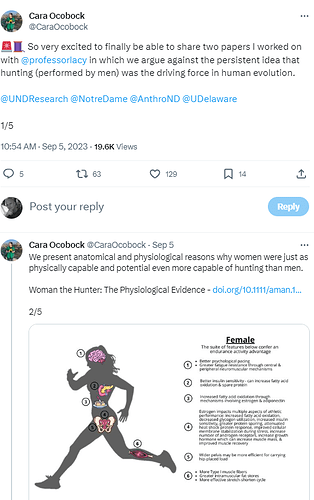Here’s the recent research.

Sources:
Woman the hunter: The archaeological evidence
Woman the hunter: The physiological evidence
Fascinating stuff. The Willamette is incredibly fertile. Where I live, the indigenous Pueblo people along the Rio Grande have been farming and living in settled communities for centuries. (See Chaco Canyon, Taos Pueblo and Acoma Pueblo.) They were flanked on one side by the Navajo Apache and on the other by the Comanche. Those aren’t exactly fertile regions, and until the Spanish reintroduced the horse, those peoples were nomadic scavengers scraping a hardscrabble existence on foot. The Pueblo tribes considered them barely human, and the Navajo to this day call the Pueblo people “Pebbles” as a derogatory term.
Edit: And by accident of geography, the Pueblo tribes along the Rio Grande now have huge casinos stringing from Santa Fe to Isleta south of Albuquerque, while the Navajo don’t have running water or electricity to most of their reservations in NM/AZ. Hence the resentment.
